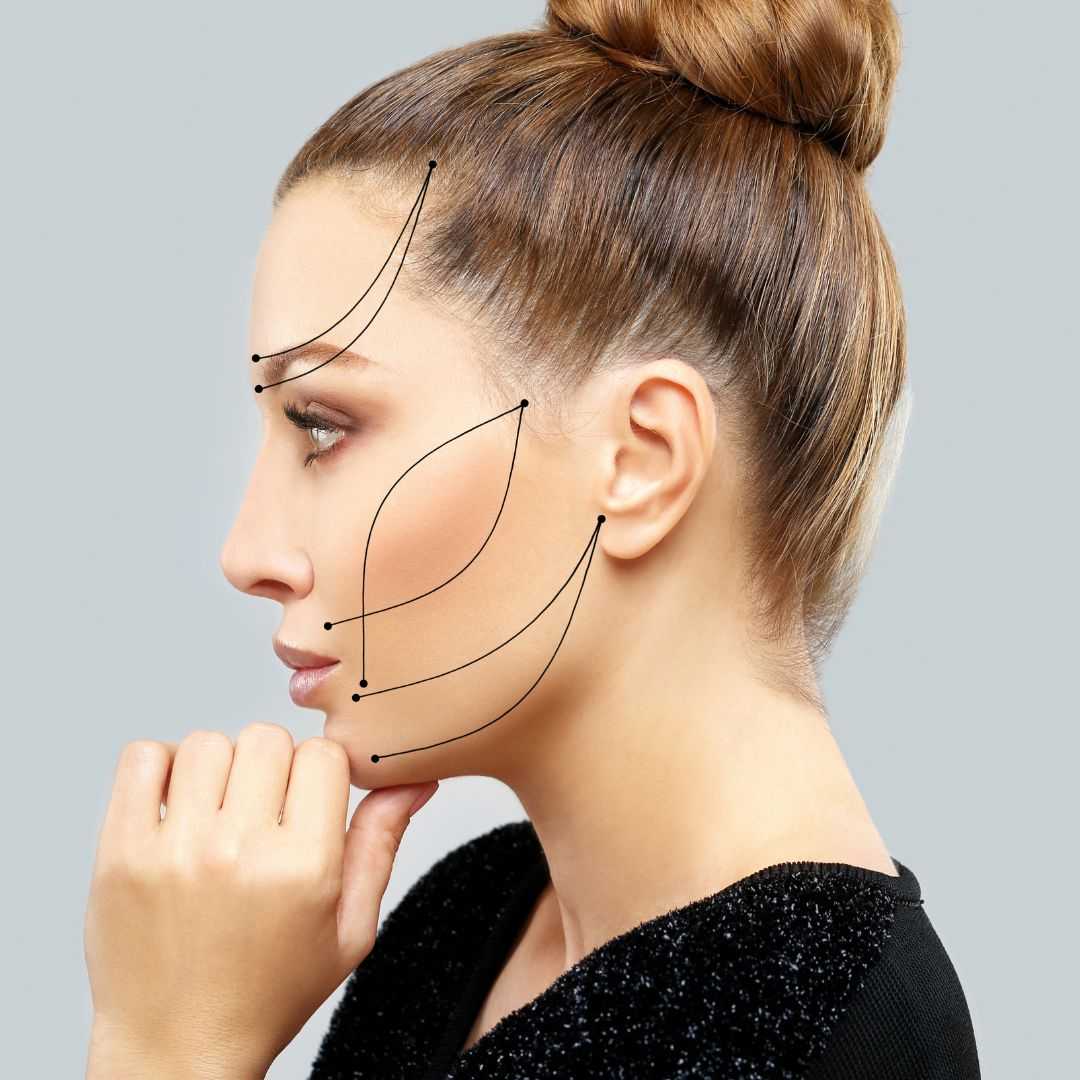Everything to Know about Robotic Surgery in Hermosillo, Mexico
Robotic surgery are types of surgical procedures that are done using robotic systems. Robotically-assisted surgery was developed to try to overcome the limitations of pre-existing minimally-invasive surgical procedures and to enhance the capabilities of surgeons performing open surgery.
In the case of robotically-assisted minimally-invasive surgery, instead of directly moving the instruments, the surgeon uses one of two methods to administer the instruments. These include using a direct telemanipulator or through computer control. A telemanipulator is a remote manipulator that allows the surgeon to perform the normal movements associated with the surgery. The robotic arms carry out those movements using end-effectors and " style="color: rgb(6, 69, 173); text-decoration-line: none; background: none;" title="Manipulator (device)">manipulators to perform the actual surgery. In computer-controlled systems, the surgeon uses a computer to control the robotic arms and its end-effectors, though these systems can also still use telemanipulators for their input.
To operate using the Robotic system, your surgeon makes tiny incisions in your body and inserts miniaturized instruments and a high-definition three-dimensional camera, and sometimes skin incisions are not required at all. Then, from a nearby console, your surgeon manipulates those instruments to perform the operation.
Think of the Robotic system system like a video game. When you play a video game, you move a control button, and the machine translates your movements into real-time, mimicking your moves precisely on the screen. During a Robotic-assisted procedure, your surgeon uses master controls to manipulate the instruments, and the instruments translate your surgeon’s movements into precise movements inside your body. Your surgeon is in control the whole time; the surgical system responds to the direction he provides.
We also know many patients are concerned about the idea of a robot performing surgery. You should know that the Robotic Surgical System is really a system that allows your surgeon to make precise, delicate motions while controlling the machine. The robot is never, ever making decisions or performing incisions. Rather, your surgeon is telling the robot what to do, and the robot allows for greater precision than the human hand on its own.
The Robotic system cannot “think” on its own. It only responds to your surgeon’s precise hand and finger movements. Your surgeon is in the operating room, directing the procedure the entire time.
During a Robotic-assisted surgery, your surgeon “directs” the surgery from nearby, but does not stand over you like during a traditional surgery. While each surgery is different, here are the general steps to a Robotic-assisted surgery:
- Your surgeon makes tiny (one to two centimeter-long) incisions in your body.
- Your doctor inserts a miniature robotic instruments and a powerful camera into your body.
- Your surgeon then sits at a nearby console (a large computer) to direct the procedure. At the console, the area of operation can be seen highly magnified, with excellent resolution.
- Sitting at the console, your surgeon manipulates the controls.
- The instruments respond to these movements, and translate them into precise, real-time movements inside your body.
- The robotic devices, which have greater dexterity and range of motion than a human, allow your surgeon to successfully perform delicate surgeries in hard-to-reach places.
What are the Benefits of Robotic-assisted Surgery?
- Your surgeon sees a highly-magnified, high-resolution image of the operating field
- Your surgeon has better access to the area being operated on
- Shorter hospital stay
- Less risk of infection
- Less blood loss and fewer blood transfusions
- Less pain
- Faster recovery
- Quicker return to daily routine











Share this listing